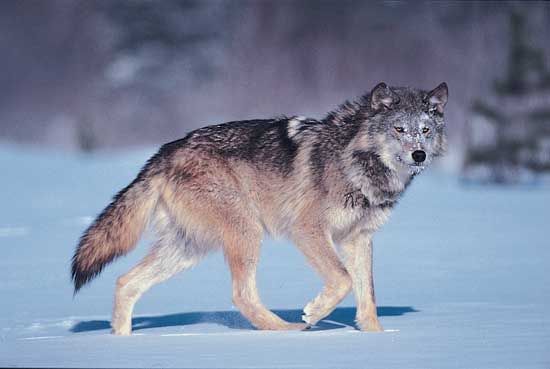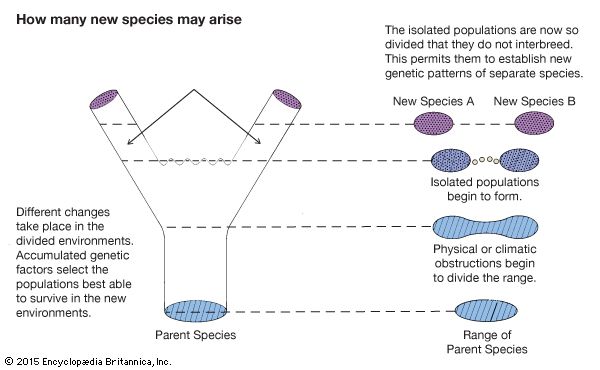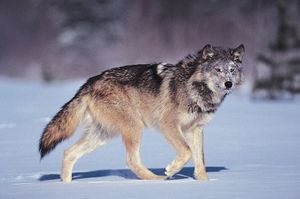species
- Key People:
- John Ray
- On the Web:
- Academia - What is a Species? An endless debate (PDF) (Dec. 21, 2024)
species, in biology, classification comprising related organisms that share common characteristics and are capable of interbreeding. This biological species concept is widely used in biology and related fields of study. There are more than 20 other different species concepts, however. Some examples include the ecological species concept, which describes a species as a group of organisms framed by the resources they depend on (in other words, their ecological niche), and the genetic species concept, which considers all organisms capable of inheriting traits from one another within a common gene pool and the amount of genetic difference between populations of that species. Like the biological species concept, the genetic species concept considers which individuals are capable of interbreeding, as well as the amount of genetic difference between populations of that species, but it may also be used to estimate when the species originated.
Taxonomy
The designation of species originates in taxonomy, where the species is the fundamental unit of classification recognized by the International Commission of Zoological Nomenclature. Every species is assigned a standard two-part name of genus and species. The genus is the generic name that includes closely related species; the gray wolf, for example, is classified as Canis lupus and is a close relative of the coyote found in North America and designated as Canis latrans, their systematic relation indicated by their sharing the same genus name, Canis. Similarly, genera that have shared characters (or traits) are classified in the same taxonomic family; related families are placed in the same order; related orders are placed in the same class; and related classes are placed in the same phylum. This classification system is a hierarchy applied to all animals and plants, as originally set forth by the Swedish naturalist Carolus Linnaeus in the 18th century.
Organisms are grouped into species partly according to their morphological, or external, similarities, but more important in classifying sexually reproducing organisms is the organisms’ ability to successfully interbreed. Individuals of a single species can mate and produce viable offspring with one another but almost never with members of other species. Separate species have been known to produce hybrid offspring (for example, the horse and the donkey producing the mule), but, because the offspring are almost always inviable or sterile, the interbreeding is not considered successful.
Interbreeding only within the species is of great importance for evolution in that individuals of one species share a common gene pool that members of other species do not. Within a single pool there is always a certain amount of variation among individuals, and those whose genetic variations leave them at a disadvantage in a particular environment tend to be eliminated in favour of those with advantageous variations. This process of natural selection results in the gene pool’s evolving in such a way that the advantageous variations become the norm. Because genetic variations originate in individuals of a species and because those individuals pass on their variations only within the species, then it is at the species level that evolution takes place. The evolution of one species into others is called speciation.

























